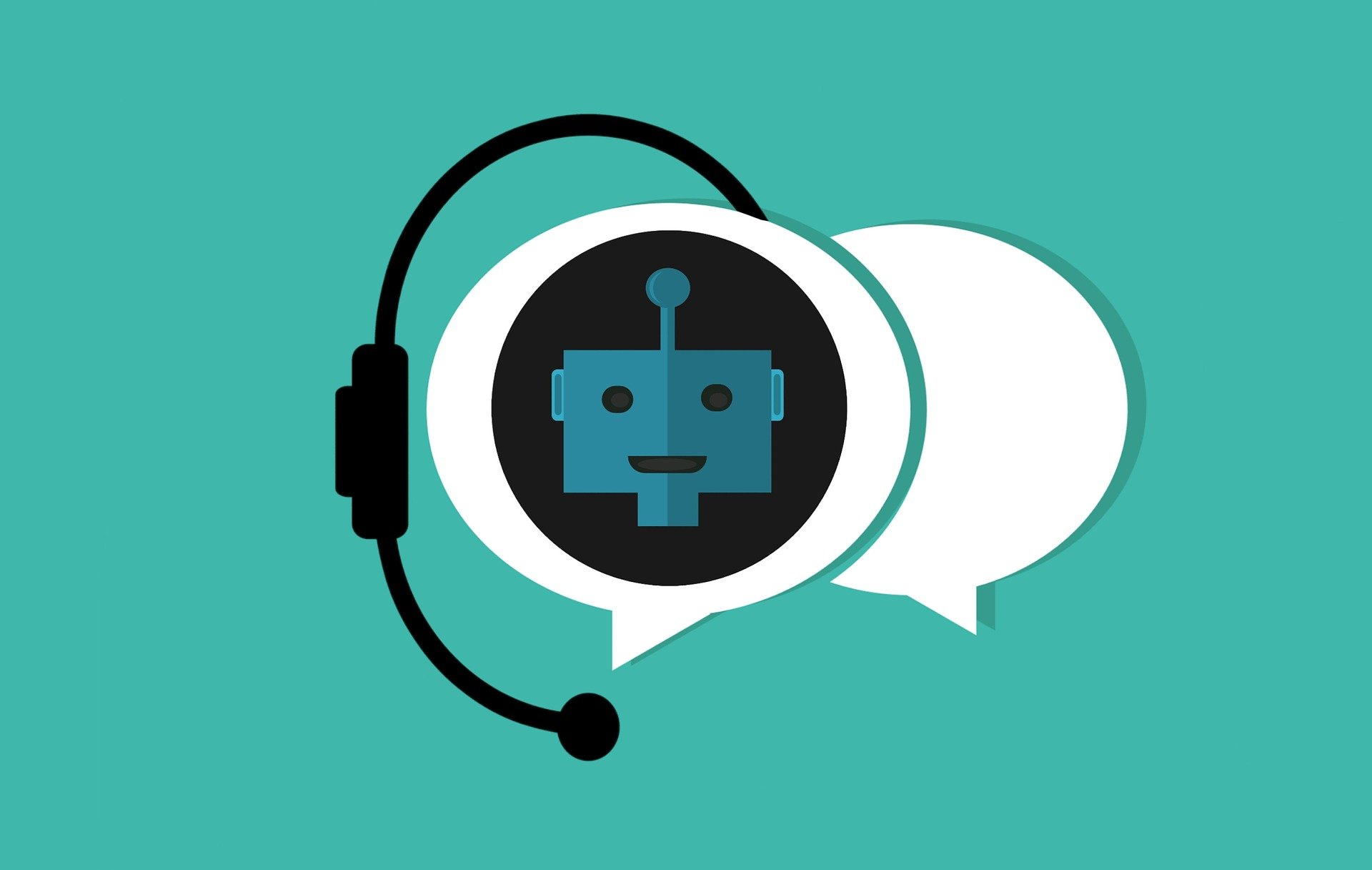Every environment with large groups can benefit from team building activities.
We know how important morale is in the workplace or any similar environment, and that starts with a strong team.
Activities that foster teamwork will translate over to help a team reach its goals and be happier doing it. So let’s jump right in.
5 Great Team Building Activities:
Any team building activities need to have a few elements to them. They need to require some levels of communication, cooperation, and problem-solving.
The critical thinking aspect of these activities forces the group to brainstorm together in order to come up with solutions. Not only is it great for promoting teamwork, but it is also a great way to boost employee engagement.
Here are some team building ideas to try out with your class, workplace, or recreational group.
1. Nonverbal Line-up:
There is no equipment required for this activity. It is an easy way to get everybody involved to figure out some different ways of communicating with each other.
Simply have the group form a line based off of different criteria. For example, have the group form a line from earliest birthday in the year to the latest.
What’s the catch? They cannot speak.
Once they have formed the line, ask everybody their birthdays to check if they got it right.
This can be done with shoe sizes, favorite colors, or anything you choose.
2. Escape Rooms:
This is a really fun way to facilitate teamwork and collective brainstorming. Everybody needs to think and work together to solve tough problems to achieve the same goal.
You can make your own, or find a professional escape room near you.
3. Team Wall:
This is for adult groups. If you can find a wall that is high enough that most people can’t reach the top and has a standing platform above, then you have what you need.
Tell everybody that the team needs to work together to get everybody on top of that platform. It is best to go over safety precautions first.
4. Helium Hoop:
This is a really simple game that requires a lot of focus and coordination. Have everybody stand around a hula hoop that is flat on the ground.
The rules are that they can only use the sides of their index fingers to lift the hula hoops above their heads and lower it back to the ground without dropping it.
If fingers curl around the hula hoop, or if the hula hoop touches anything other than the sides of their fingers, the game restarts. You can make it harder by making them silent.
While this sounds easy, children and adults will often struggle with this task at the same level.
5. Human Knot:
This is a classic. Have everybody stand in a small circle and tell everybody whose hands they need to grab. Do not have them grab two hands of the same person.
Try to tangle them up in a “human knot” and tell them that they have to untangle themselves without letting go.
Next Steps:
These are some great ways to promote what you want out of your team. Get started on facilitating these team building activities and give your team a fun day to get to know and trust each other better.
If you’re looking for some fun activities to do with children, check out some simple outdoor activities.
Read Also:
- How To Become A Good Team Player At Work
- 4 Ideas To Bring Your Team Closer Together
- Building Your Business Profile Is Easier Than You Think
- 4 Fun Jobs After Retirement That Offer You A Monthly Income
- Top 4 Creative Team Building Ideas For A Call Center Industry This 2016
- 5 Informal Team Building Activities To Break The Ice Among Co-Workers






















